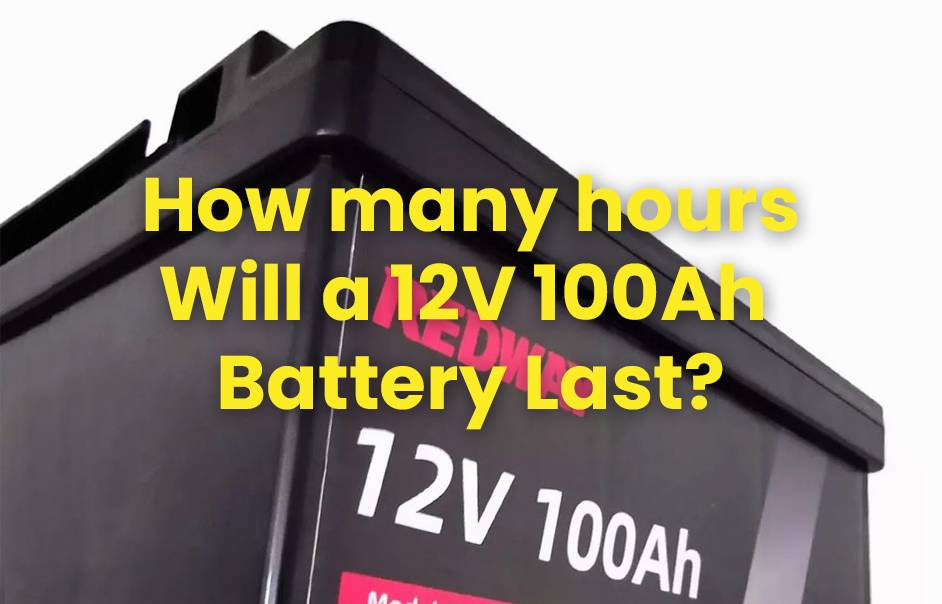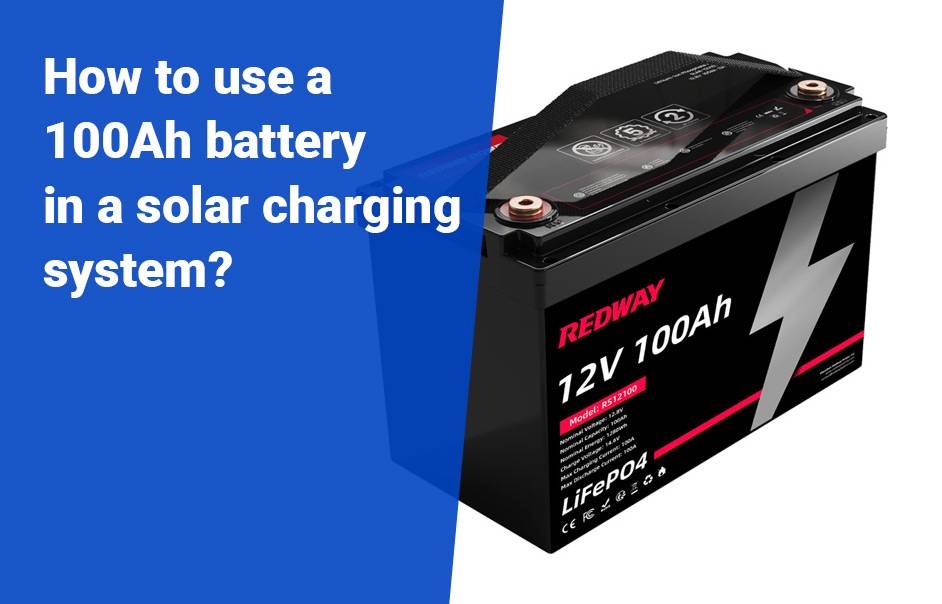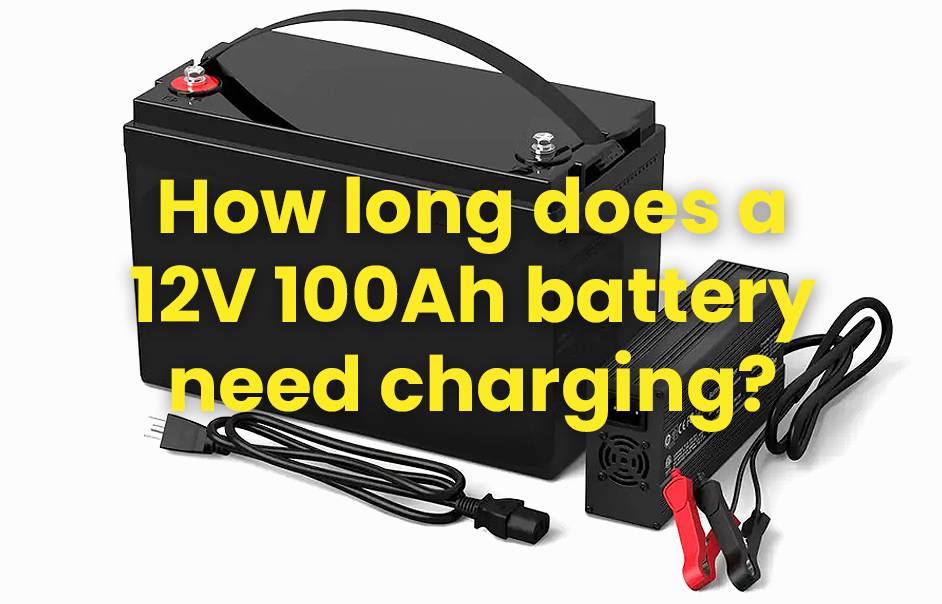- Rack-mounted Lithium Battery
- Golf Cart Lithium Battery
-
Golf Cart Lithium Battery
- 36V 50Ah (for Golf Carts)
- 36V 80Ah (for Golf Carts)
- 36V 100Ah (for Golf Carts)
- 48V 50Ah (for Golf Carts)
- 48V 100Ah (Discharge 100A for Golf Carts)
- 48V 100Ah (Discharge 150A for Golf Carts)
- 48V 100Ah (Discharge 200A for Golf Carts)
- 48V 120Ah (for Golf Carts)
- 48V 150Ah (for Golf Carts)
- 48V 160Ah (Discharge 100A for Golf Carts)
- 48V 160Ah (Discharge 160A for Golf Carts)
-
Golf Cart Lithium Battery
- Forklift Lithium Battery
- 12V Lithium Battery
- 24V Lithium Battery
- 36V Lithium Battery
- 48V Lithium Battery
-
48V LiFePO4 Battery
- 48V 50Ah
- 48V 50Ah (for Golf Carts)
- 48V 60Ah (8D)
- 48V 100Ah (8D)
- 48V 100Ah
- 48V 100Ah (Discharge 100A for Golf Carts)
- 48V 100Ah (Discharge 150A for Golf Carts)
- 48V 100Ah (Discharge 200A for Golf Carts)
- 48V 150Ah (for Golf Carts)
- 48V 160Ah (Discharge 100A for Golf Carts)
- 48V 160Ah (Discharge 160A for Golf Carts)
-
48V LiFePO4 Battery
- 60V Lithium Battery
-
60V LiFePO4 Battery
- 60V 20Ah
- 60V 30Ah
- 60V 50Ah
- 60V 50Ah (Small Size / Side Terminal)
- 60V 100Ah (for Electric Motocycle, Electric Scooter, LSV, AGV)
- 60V 100Ah (for Forklift, AGV, Electric Scooter, Sweeper)
- 60V 150Ah (E-Motocycle / E-Scooter / E-Tricycle / Tour LSV)
- 60V 200Ah (for Forklift, AGV, Electric Scooter, Sweeper)
-
60V LiFePO4 Battery
- 72V~96V Lithium Battery
- E-Bike Battery
- All-in-One Home-ESS
- Wall-mount Battery ESS
-
Home-ESS Lithium Battery PowerWall
- 24V 100Ah 2.4kWh PW24100-S PowerWall
- 48V 50Ah 2.4kWh PW4850-S PowerWall
- 48V 50Ah 2.56kWh PW5150-S PowerWall
- 48V 100Ah 5.12kWh PW51100-F PowerWall (IP65)
- 48V 100Ah 5.12kWh PW51100-S PowerWall
- 48V 100Ah 5.12kWh PW51100-H PowerWall
- 48V 200Ah 10kWh PW51200-H PowerWall
- 48V 300Ah 15kWh PW51300-H PowerWall
PowerWall 51.2V 100Ah LiFePO4 Lithium Battery
Highly popular in Asia and Eastern Europe.
CE Certification | Home-ESS -
Home-ESS Lithium Battery PowerWall
- Portable Power Stations
How many amps is a 12V 100Ah battery?

Welcome to the electrifying world of batteries! Whether you’re a tech enthusiast, an outdoor adventurer, or just someone who wants to power up their devices on the go, understanding the ins and outs of battery performance is crucial. One important aspect that often leaves people scratching their heads is the relationship between voltage and amperage. Specifically, when it comes to 12V 100Ah batteries, how many amps do they actually provide? Buckle up as we take a deep dive into this electrifying topic and shed some light on choosing the right battery for your needs. Let’s get charged up!
Understanding Voltage and Amperage
Understanding Voltage and Amperage
Voltage and amperage are two essential terms in the world of electricity. Think of voltage as the force or pressure that drives electrical current, while amperage measures the amount of current flowing through a circuit.
To put it simply, voltage is like the speed at which water flows through a pipe, while amperage is equivalent to the volume or quantity of water passing through that pipe. In other words, voltage determines how fast electrons move, while amperage tells us how many electrons are actually moving.
When it comes to batteries, they provide a specific voltage level, such as 12V for a car battery. This means that within that battery exists an electric potential difference capable of producing 12 volts. The higher the voltage provided by the battery, the more energy it can potentially deliver.
On the other hand, amperage refers to how much current can flow from one point to another within a given time frame. It’s measured in amps (A) and indicates how quickly electricity can be drawn from or supplied to a device connected to the battery.
It’s important to note that both voltage and amperage play significant roles in determining overall power output. While high voltage enables faster electron flow and increased energy potential, high amperage ensures sufficient current supply for devices with high power demands.
Having grasped this foundation of understanding on voltages and amperages will allow us to delve deeper into exploring just how many precious amps you can expect from your 12V 100Ah battery!
The Relationship Between Amps and Volts
The Relationship Between Amps and Volts
When it comes to understanding batteries, it’s important to grasp the relationship between amps and volts. These two measurements are closely intertwined and play a crucial role in determining a battery’s performance.
Amps, short for amperes, refer to the flow of electrical current. It measures how many electrons pass through a circuit per second. On the other hand, volts represent electrical potential difference or voltage. It determines the force that pushes those electrons along.
Think of it this way: amps measure the quantity of electricity flowing through a wire, while volts determine how much pressure is driving that flow. Just like water flowing through a pipe – amps would be equivalent to the amount of water passing by every second, while volts would indicate how much pressure is behind that flow.
In simpler terms, if we increase the voltage without changing anything else in our system, more current will flow. Conversely, if we decrease the voltage but keep everything else constant, less current will pass through.
Understanding this relationship helps us calculate what’s known as Amp Hours (Ah), which indicates how long a battery can supply a certain amount of current before needing recharging or replacement.
Stay tuned for our next blog section where we’ll dive deeper into calculating Amp Hours and explore factors that affect battery performance!
Calculating Amp Hours (Ah)
Calculating Amp Hours (Ah)
Understanding the concept of amp hours is essential when it comes to choosing the right battery for your needs. Amp hours (Ah) refers to the amount of charge a battery can deliver over a certain period of time. It helps determine how long a battery will last before needing recharging.
To calculate amp hours, you need to consider both voltage and capacity. Voltage represents the electrical pressure or force behind an electric current, while capacity refers to the total amount of energy stored in a battery.
The formula for calculating amp hours is straightforward: Ah = Capacity (in ampere-hours) / Time (in hours). For example, if you have a 100Ah battery that delivers 12 volts, it means that it can sustain an output current of 1 amp for 100 hours or 10 amps for 10 hours.
However, it’s important to note that this calculation assumes ideal conditions and doesn’t account for factors such as temperature, age of the battery, or usage patterns. These variables can significantly impact actual performance.
Understanding how to calculate amp hours enables you to make informed decisions about which batteries best suit your power requirements. It ensures that you choose batteries with sufficient capacity and voltage ratings suitable for your specific application. So next time you’re in need of a new battery, be sure to crunch those numbers!
Factors That Affect Battery Performance
Factors That Affect Battery Performance
When it comes to battery performance, several factors come into play. Understanding these factors can help you make informed decisions when choosing a battery for your needs.
One of the main factors that affect battery performance is temperature. Extreme temperatures, whether hot or cold, can significantly impact a battery’s ability to hold and deliver power. High temperatures can cause batteries to lose capacity faster, while freezing temperatures can reduce their overall performance.
Another important factor is the rate at which the battery is discharged. Different batteries have different discharge rates, and exceeding these rates can lead to decreased capacity and shorter lifespan. It’s crucial to ensure that you choose a battery with an appropriate discharge rating for your intended application.
Battery age also plays a role in its performance. Over time, all batteries will naturally degrade and lose their ability to hold a charge effectively. This degradation is often accelerated by frequent deep discharges or improper charging practices.
Furthermore, maintenance practices are essential for optimal battery performance. Regularly checking and cleaning terminals, ensuring proper ventilation around the battery, and avoiding overcharging or undercharging are all key aspects of maintaining good battery health.
It’s worth considering the quality of the battery itself. Investing in a high-quality battery from reputable manufacturers ensures better overall performance and longer lifespan compared to cheaper alternatives.
By taking these factors into account when choosing and maintaining your batteries, you can maximize their efficiency and longevity – ultimately saving you time and money in the long run!
How Many Amps is a 12V 100Ah Battery?
How many amps is a 12V 100Ah battery? This question often arises for those who are new to the world of batteries and electrical systems. Understanding the relationship between voltage, amperage, and amp hours can help demystify this topic.
Voltage represents the potential difference in an electrical circuit, while amperage measures the flow of electric current. Amp hours (Ah) is a unit that quantifies how much charge a battery can deliver over time. It indicates the amount of current a battery can provide continuously for one hour.
Now, let’s look at our specific example: a 12V 100Ah battery. The voltage rating tells us that this battery operates at 12 volts, which is common in many applications such as automotive or marine use. As for its capacity, it has an amp hour rating of 100Ah.
To calculate how many amps this battery can supply at any given moment, we need to divide its capacity by the number of hours we want it to last. For instance, if we wanted it to last two hours:
Amps = Ah / Hours
Amps = 100Ah / 2h
= 50 amps
Therefore, in this scenario, our 12V 100Ah battery could supply a continuous current of up to approximately 50 amps for two hours before needing recharging.
It’s important to note that various factors can affect a battery’s performance and lifespan. Temperature extremes and high discharge rates may reduce overall capacity or longevity.
When choosing the right battery for your needs, consider factors like intended usage duration and required power output. Consulting with professionals or referring to manufacturer specifications will ensure you select the most suitable option.
Understanding voltage and amperage helps better grasp how batteries operate within electrical systems. By comprehending concepts like ampere-hours and considering individual requirements when selecting a particular model or type of batter,y you’ll be well-equipped to make informed decisions.
Choosing the Right Battery for Your Needs
Choosing the Right Battery for Your Needs
When it comes to selecting a battery, there are several factors to consider. The first one is your specific power requirements. Understanding how many amps a 12V 100Ah battery can provide will help you determine if it meets your needs.
If you require high power output for applications like electric vehicles or solar energy systems, you may need multiple batteries or higher capacity options. On the other hand, if you have smaller devices such as camping equipment or marine electronics, a single 12V 100Ah battery might be sufficient.
Additionally, it’s important to assess the quality and reliability of the battery brand before making a purchase. Look for reputable manufacturers that offer warranties and have good customer reviews.
Consider your budget as well. While cheaper options may seem attractive initially, they might not deliver optimal performance in the long run. It’s better to invest in a reliable battery that will provide consistent power over time.
Take into account any special features or technologies that align with your specific needs. Some batteries come with built-in safety mechanisms like overcharge protection or deep discharge prevention which can greatly extend their lifespan.
In conclusion (without using those words), choosing the right battery involves understanding your power requirements, evaluating quality and reliability, considering your budget and any additional features needed for optimal performance. By taking these factors into account when selecting a battery, you’ll ensure that you have a reliable source of power to meet all of your needs effectively!
























